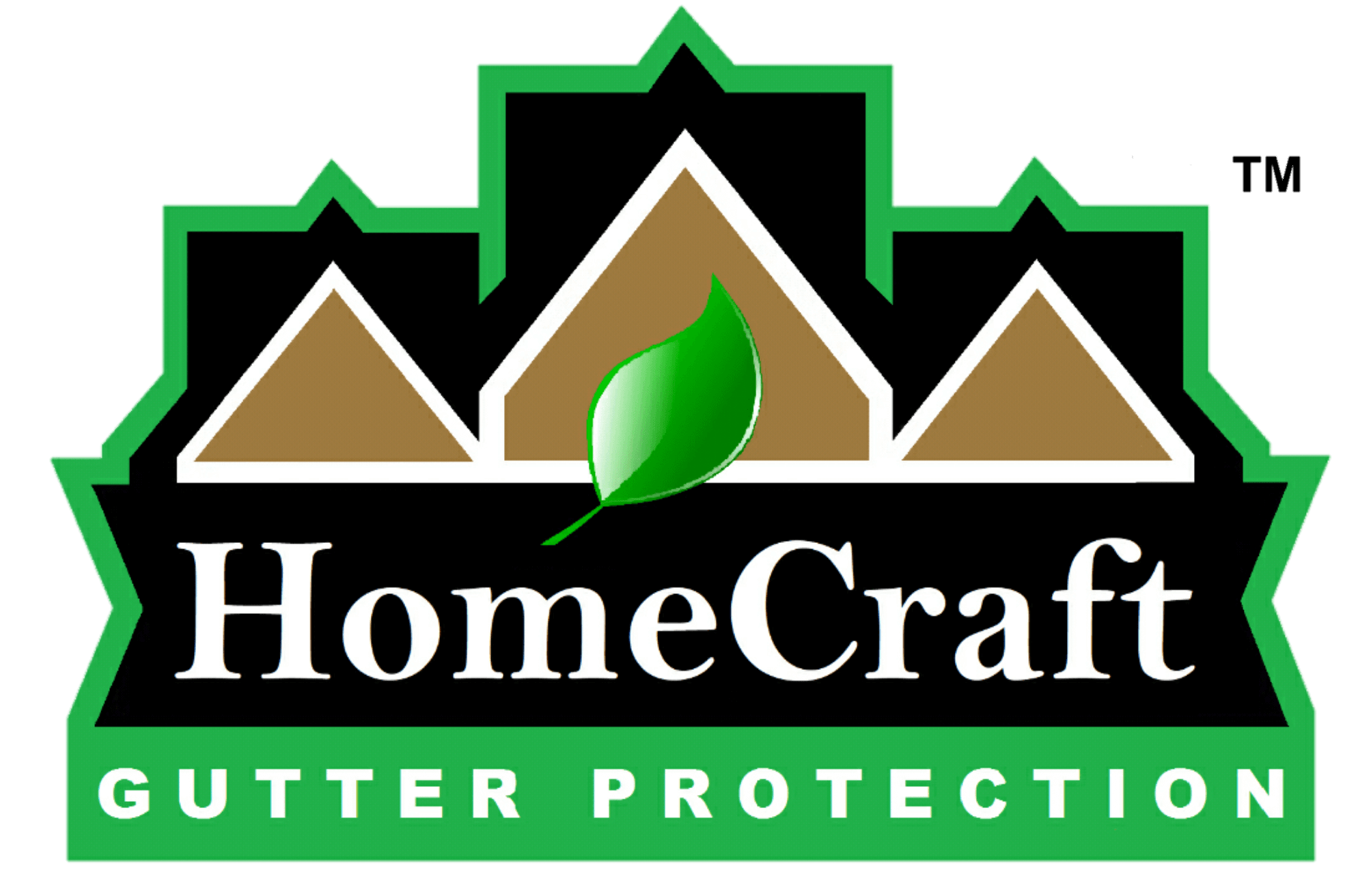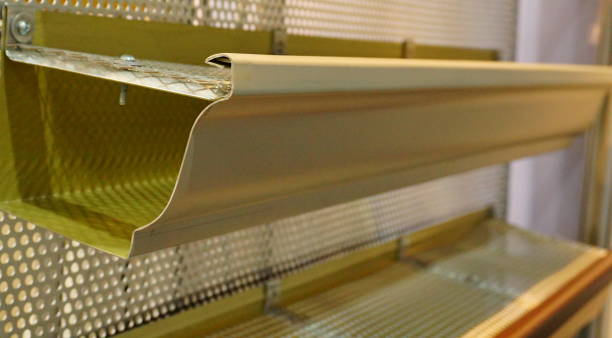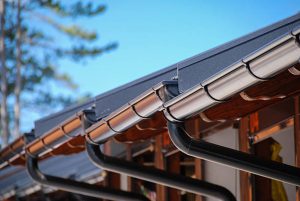Buckle up, folks. It’s time to give your home a waterproof superhero costume! We all know that villains like water damage, erosion, and leaks are always lurking around your house, waiting for a chance to strike. That’s why it’s crucial to have the ultimate weapon in your arsenal: gutters and downspouts.
These caped crusaders keep water away from your home’s foundation and prevent it from causing erosion in your landscape. But make sure to settle for any old gutter profile. We’re here to explore the diverse range of gutter profiles available.
From the sleek and stylish to the sturdy and dependable, we’ll examine the pros and cons of each gutter profile so that you can pick the perfect sidekick to defend your home from the forces of nature. So, grab your spandex, and let’s get started on our quest for the ultimate gutter profile.
Materials Used in Gutter Profiles
Gutter profiles are an essential part of any building responsible for directing rainwater away from the roof and walls of the property. Various materials are available to manufacture these profiles, including vinyl, steel, copper, aluminum, and wood. Each material type has its unique advantages and disadvantages.
Vinyl
Vinyl is a popular choice among homeowners due to its economical cost and ease of installation. It comes in various colors, making it easy to match your property’s color scheme. However, it is not suitable for extreme temperatures and climates.
Steel
Steel is available in two varieties, galvanized and stainless steel. Stainless steel is a durable material, but it is also more expensive. On the other hand, galvanized steel is more susceptible to rusting and corroding. Copper gutters are just as durable as stainless steel, but they cost more to install. Copper gutters are visually appealing, and their monetary value makes them a target for theft.
Aluminum Gutters
Aluminum gutters are a popular choice due to their superior weather resistance and the ability to bond to paint efficiently. They come in sectional and seamless variations, which are easy to install. However, they are more susceptible to denting than other materials.
Wooden Gutters
Wooden gutters are typically found in older homes and are often used for restoration work. They are relatively expensive and cost more than copper, but their returns come from improved curb appeal. Gutter installation using wood is more delicate and requires extensive maintenance to prevent rotting or cracking.
Cast Iron
Cast iron guttering is a robust and timeless material that can last for several decades. It deadens the sound of flowing water, making it an ideal drainage solution. Cast iron is fully recyclable, making it a sustainable option. Although it is expensive to buy and difficult to install due to its weight, it is still a typical seller in the UK.
Copper
Copper guttering is a sound investment due to its high durability and resistance to corrosion. It offers a unique and striking aesthetic that develops a lasting patina, ranging from golden and deep browns to soft jade greens. It provides a relatively low maintenance solution, but its only downside is its high cost and the potential for theft.
Plastic
Plastic guttering is a lightweight and easy-to-install material widely used across the UK. It is a highly low-cost option that still offers the reliability and durability required to protect any property. Unlike other material types, it does not rust or blemish easily and won’t freeze or corrode, so it does the job without incurring a huge expense or potential damage. The versatility of plastic means it comes in a wide variety of colors, sizes, lengths, and gutter profiles.
Shape and Design of Gutter Profiles
Gutters might seem like a boring and mundane part of a house, but they are a significant feature that can affect the look and feel of a property. The design and shape of gutters can be the perfect finishing touch to a home’s exterior, and there are many different styles to choose from.
K-style Gutters
K-style gutters, for example, are the most common gutter found in modern homes. These gutters have a unique shape resembling crown molding, adding a sophisticated look to any home. They are also excellent at draining water and not becoming overburdened with debris and spill-off from the roof. However, the inner angles of K-style gutters can collect rotting debris, making them harder to clean than other types of gutters.
Half-round Gutters
On the other hand, half-round gutters are in the shape of a half-open circle and tend to hang from the roof. K-style gutters are less common than they are, but they allow water to flow effectively. However, half-round gutters can overflow easily if not installed correctly, or the roof needs to be level, so they need to be cleaned more often.
Fascia Gutters
Fascia gutters are another type of gutter system fixed to a fascia board. They are commonly found in the Western part of the United States and are often custom-made to fit the ends of the rafters. This gutter is excellent for quickly evacuating large amounts of water, making it the most efficient and durable option. However, keeping the gutters clean can be challenging, which is where gutter guards and professional cleaning services come in.
Integral Gutters
Integral gutters were a popular style in the 1960s and were created by lining the end of the rafters and fascia on a sloped roof with built-up roofing material. These gutters can hold a great deal of water, but they also have a higher risk of leaks that can damage the roof’s framing, fascia, soffit, and sheathing.
Gutter Profile Sizes and Dimensions
Choosing the correct gutter size for your home is an important decision that depends on several factors, including the size of your roof, the type of roofing material used, and the climate in your area.
If you need help deciding which gutter size, a 5-inch seamless gutter is a popular and standard option for many residential homes. However, you can also opt for standard sizes like 4-inch, 6-inch, or even 7-inch gutters for exceptional cases. Over the past few decades, galvanized steel has been replaced by Colorlume and coated aluminum, and seamless gutters manufactured on-site have become more popular than six-meter pieces with welded or soldered seams.
To determine the appropriate gutter dimensions for your home, you’ll need to calculate the square footage of the roof surface. You can do this by measuring the lengths and widths of each area of your roof and multiplying them together to get the square footage of that area. Once you have the total square footage, you’ll need to calculate the pitch of your roof, which is the angle of its slope.
How to Calculate Your Roof’s Pitch
To calculate the roof’s pitch, hold a level horizontal with one end touching the roof surface and measure 12 inches along the level from the end touching the roof. At that point, measure the space from the roof to the bottom of the level, and that’s the pitch. The pitch of your roof will determine the multiplier to use when calculating the appropriate gutter dimensions.
For instance, if your roof pitch is between 0 and 3 inches, you don’t need to use a multiplier. However, if your pitch is between 4 and 5 inches, multiply the square roof footage by 1.05. If your pitch is between 6 and 8 inches, multiply by 1.1, and for pitches between 9 and 11 inches, multiply by 1.2. Finally, if your pitch is 12 inches or higher, multiply by 1.3.
Once you have the number resulting from the multiplication, you can use it to choose the appropriate gutter measurements. For K-style gutters, famous for many residential homes, 5-inch gutter dimensions should work if the total number is between 5,520 to 7,500. However, if the number is higher, you may need to opt for more oversized gutters.
Gutter Profile Durability and Lifespan
Choosing the suitable gutter material is essential to ensure your gutter system’s longevity. With technological advancements, manufacturers use various materials to make gutters, including plastic, wood, aluminum, cast iron, and galvanized steel.
Plastic and Wood
Plastic guttering is relatively new, and while manufacturers declare its durability to be 30-50 years, its actual durability is yet to be known. However, it is known that plastic gutters have a shorter lifespan compared to other materials, with a decorative life expectancy of only 5-10 years.
On the other hand, wooden gutters are made from naturally water-resistant materials, such as Douglas fir, cedar, and redwood. Redwood is the best choice; it can last up to 100 years with proper maintenance.
Aluminum
Aluminum is a popular material for guttering. It is highly resistant to corrosion and is commonly used in highly lived applications like rigs. The paint system applied to aluminum gutters is a baked-on exterior-grade architectural polyester powder that ensures a high-grade and durable solution that can last for many years.
The gutter products, made of aluminum, have a functional life expectancy of approximately 50 years, with minimal maintenance. The polyester powder coating colors have provided a decorative finish for over 25 years. When the paint’s decorative life ends, the gutters can be overpainted with good-quality metal paint.
Cast Iron
Cast iron gutters have a material life expectancy of 50 years, but their decorative life expectancy is only ten years. Galvanized steel gutters also have a material life expectancy of 20 years, and their decorative life expectancy is ten years. Compared to these materials, aluminum gutters are a more durable option.
Gutter Profile Maintenance and Cleaning
As the rainy season approaches, many homeowners become concerned about the maintenance and cleaning of their gutters. It is important to note that poorly maintained gutters can significantly damage other parts of the house. Therefore, it is essential to prioritize cleaning and keeping gutters to avoid unnecessary damage.
During windy seasons and seasonal changes, trees lose leaves, twigs, and other debris that find their way into the gutters. To prevent clogging of the gutters, it is recommended to install a gutter guard. A gutter guard is a plastic mesh that fits the gutter intending to prevent the entry of such components. Before installing the guard, removing any unwanted materials that clog up the gutters is crucial to prevent further blockages.
It is important to note that forcing debris down the downpipe of the gutters can cause clogging. To remove debris effectively, it is recommended to use gloves and push the debris away from the entry of the downpipe and dispose of it appropriately.
Before getting a gutter guard, it is vital to check carefully for any corrosion or leakages on the roof. The best gutter to install is a (polyvinyl chloride) PVC gutter as it is robust, durable, and doesn’t lead to corrosion, unlike aluminum gutters, which can lead to corrosion issues. If you have aluminum gutters, they suffer from corrosion. It is crucial to seek the intervention of a professional to replace or repair the damaged parts.
After taking all necessary precautions, it is safe to install a gutter guard, which will ease future gutter cleaning and maintenance. However, if you choose not to use a gutter guard, it is highly recommended that you do regular checks to see if any debris has made its way into the gutters. If any gutter straps have been damaged or broken, it is essential to replace or repair them immediately.
Frequently Asked Questions
What is the most common gutter profile?
K-style gutters are the most common gutter profile found in modern homes. They have a unique shape that resembles crown molding, adding a sophisticated look to any home. They are also excellent at draining water and not becoming overburdened with debris and spill-off from the roof.
How do I choose the correct gutter size for my home?
Choosing the correct gutter size for your home depends on several factors, including the amount of rainfall in your area, the roof’s surface area, and the roof’s pitch. A larger roof area, steeper slope, or heavy rain will require more oversized gutters. It’s essential to consult with a professional gutter installer to determine the appropriate size for your home.
How often should I clean my gutters?
Gutters should be cleaned at least twice a year, once in the spring and again in the fall, to remove debris and prevent clogs. However, the frequency of gutter cleaning may vary depending on the number of trees around your property and the amount of rainfall in your area. If you notice any clogs or issues with water flow, it’s essential to have your gutters cleaned as soon as possible to prevent damage to your home.





Join the discussion One Comment